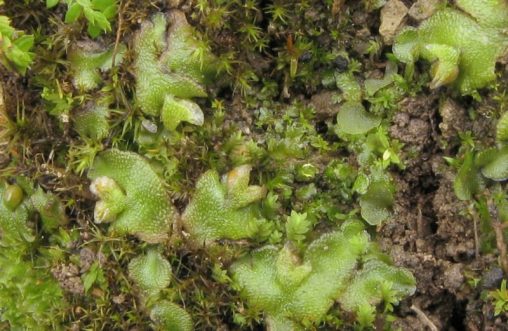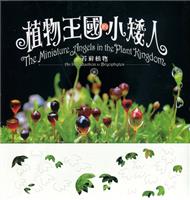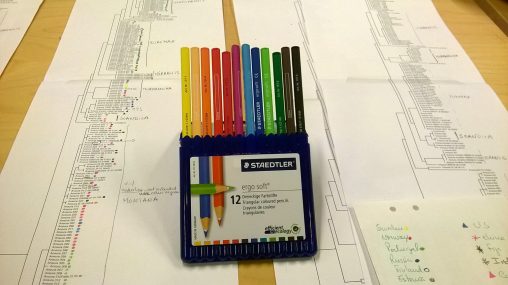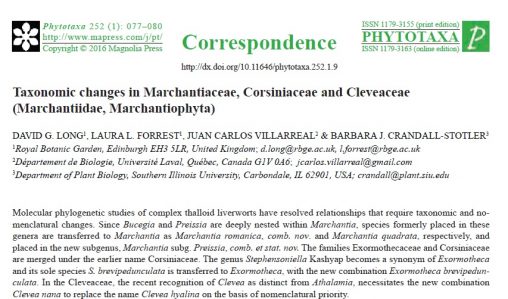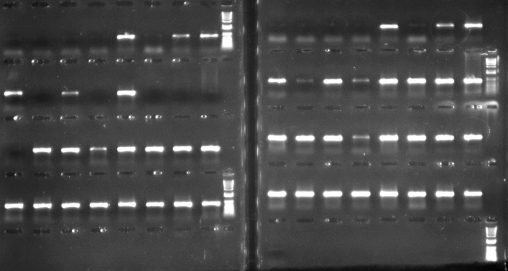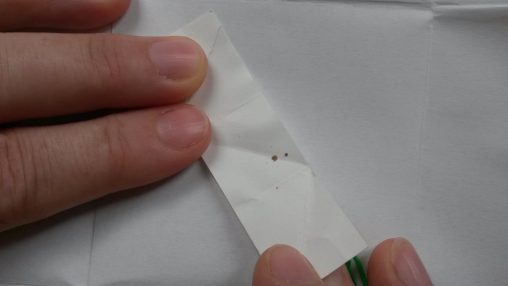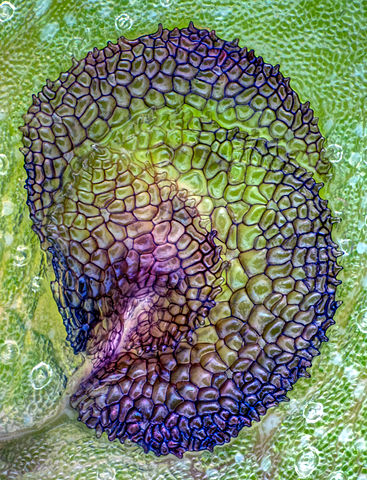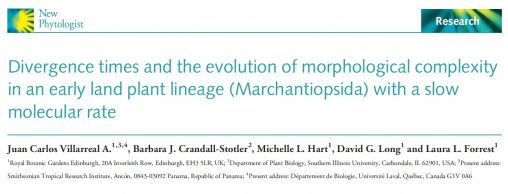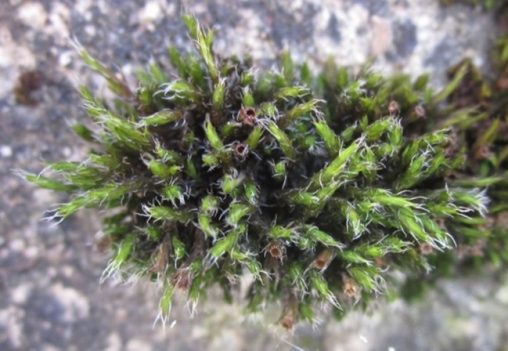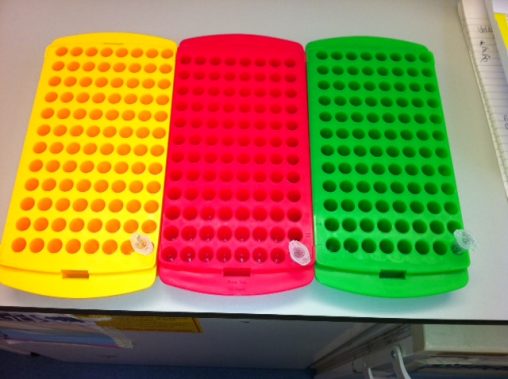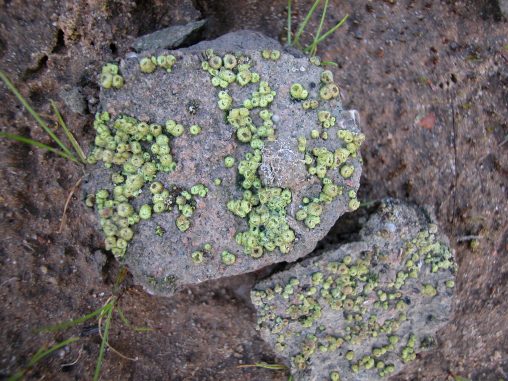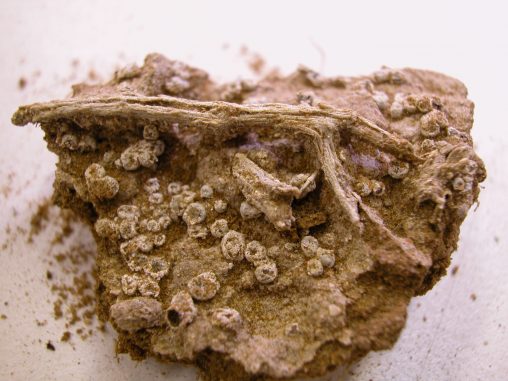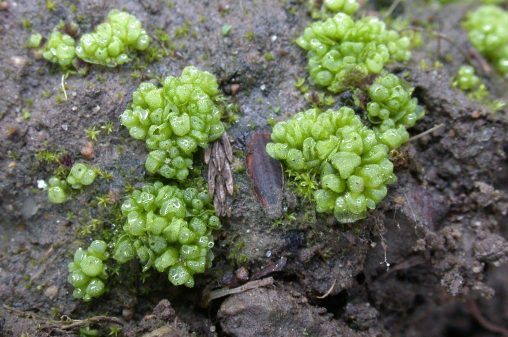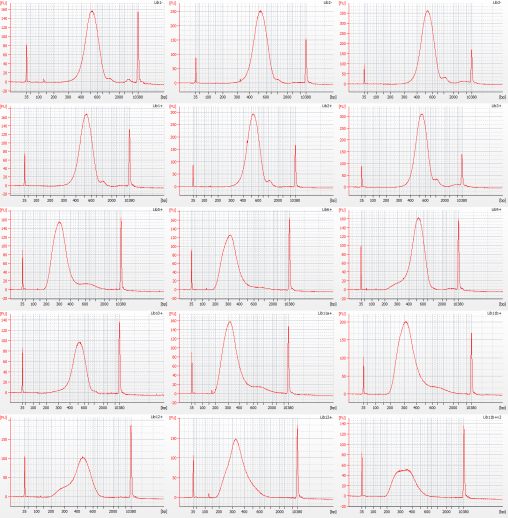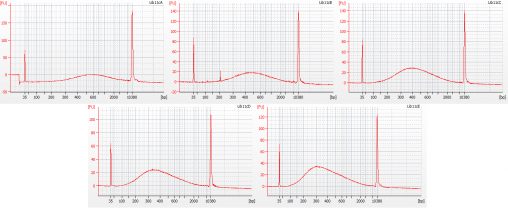Author: Laura ForrestPage 5 of 6
Molecular laboratory technician and bryologist, focusing on liverworts and DNA barcoding, with a PhD in Begoniaceae phylogenetics.
Although the exact relationships between the earliest land plant lineages are not yet well resolved, there is consensus that liverworts are one of the most ancient land plant…
As previously mentioned, we tested two different kits in our NBAF project. The first is the Illumina Tru-Seq Nano library preparation kit (FC-121-4001), which recommends a starting DNA…


